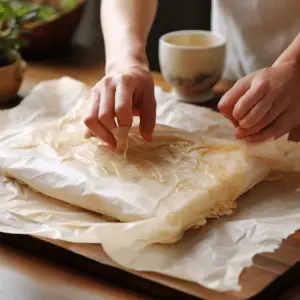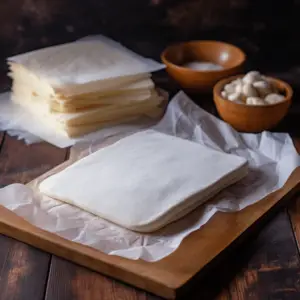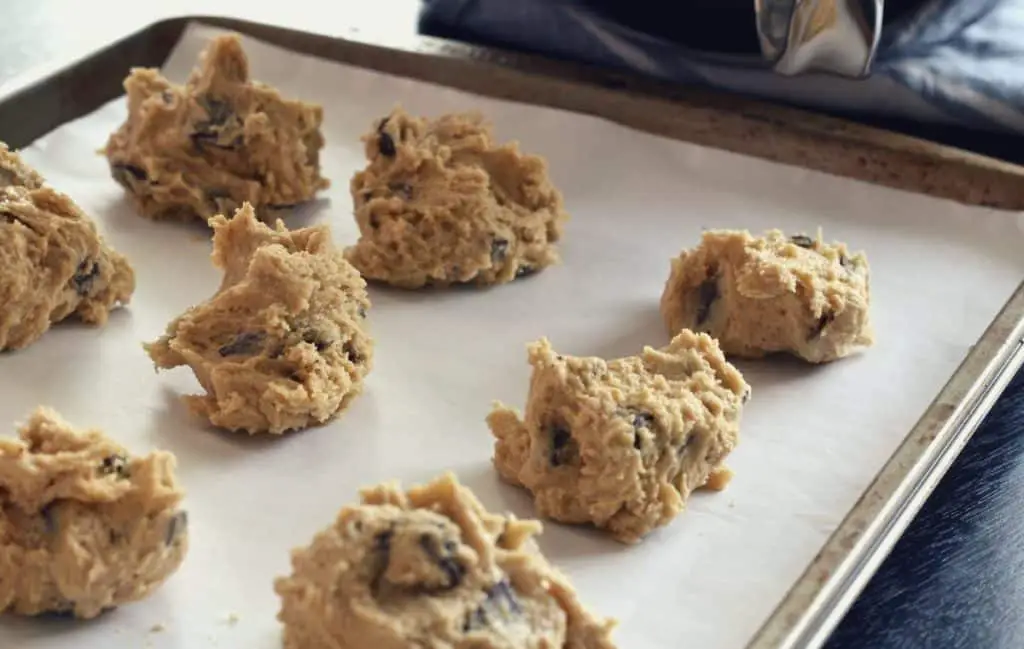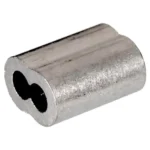Yes. Parchment paper can be used in the oven. In fact, parchment paper is formulated precisely for this purpose.
Culinary experts and particularly grilling and baking aficionados swear by this product and insist every decent kitchen must have some. In some circles, it goes by names such as baking paper and wax paper.
Some are right while others are somewhat wrong. While parchment paper is baking paper it is not wax paper. The two are similar and can be used interchangeably for a number of functions but key differences are important for both utility and safety.
Table of Contents
What is parchment paper?

Running paper or pulp through a sulfuric acid or zinc chloride bath creates vegetable parchment.
This process dissolves at least in part, some of the paper pulp with the end product being a gelatin-like sheet that acquires some of the properties that make parchment suitable for use in an oven.
Some parchment manufacturers simply coat ready-made parchment paper in food-grade silicone-based proprietary formulations to create parchment paper specifically for culinary use.
The sheets of parchment produced this way have the following properties:
- High density
- Moisture resistance
- Oil and grease resistance
- High stability
- Heat resistance
- A smooth surface
- Low surface energy which is a fancy way of referring to non-stick properties
All the above properties make parchment paper the ideal baking substitute for oiled pans as well as eliminating the need to sprinkle flour in baking tins to achieve an enviably finished lemon cake.
What is wax paper?
Just like parchment paper, wax paper also called paraffin paper is paper pulp and sometimes just ordinary parchment, coated in a layer of wax all through. The wax does not bond or dissolve the paper like is the case with parchment paper it only coats it.
When paraffin could be purified to make a food-safe product that performs the same aim more efficiently, natural wax or beeswax was replaced. Compared to paraffin, natural wax is scarcer.
The properties of wax paper include:
- Moisture resistance
- Oil and grease resistant but only to a degree
- Non-stick quality
- Resistance to electromagnetic radiation specifically microwaves
Parchment paper vs wax paper
While parchment and wax paper are similar, wax paper cannot be baked. Wax and paraffin melt and burn in ovens. Wax is microwave safe, however microwave temperatures are significantly lower than oven temperatures, therefore it can be baked. A microwave oven can reach 212 degrees Fahrenheit, while a simple oven baking method can reach 375–450 degrees. Wax paper will burn in an oven before cooking.
Wax paper wraps and stores food, heats it in microwaves, and makes a great baking spread since it crumples up and you throw it away, keeping your kitchen countertops clean. This function saves time, effort, and ensures full hygiene in business restaurants.
Bakers frequently have wax paper for this. Parchment paper is more expensive than wax paper and has more uses as a baking sheet, so using it to reduce cleanup after cooking is a waste. With careful supervision, wax paper can bake cookies and brownies in the oven or microwave at low temperatures.
How to use parchment paper in the oven

Parchment paper makes baking and grilling easy and fun. Preparing food on paper reduces waste.
Since parchment paper is sterile and impermeable, unused flour can be preserved. Wrapping flour or dough with parchment creates a water- and air-tight barrier. Most parchment paper makers recommend using it around 400–450 degrees Fahrenheit, which is ideal for baking and grilling.
Parchment paper often survives 500-degree temperatures. Since parchment paper prevents cake sticking to the pan and paper, it guarantees a flawless finish. Multiple uses of the paper are a bonus. Its resilience at high temperatures evenly distributes heat throughout the cake, enhancing flavor and color.
Precautions when using parchment paper in the oven
- Parchment paper is heat resistant, not heat-proof or flame retardant. It would be best to keep temperatures well within the manufacturers’ recommendations. There are brands made specifically for very high temperatures such as those found in restaurants so instead, buy those indicated for higher temperatures.
- Keep the parchment paper away from the sides of the oven. Direct contact with the hot sides can overwhelm the paper and it will catch fire.
- Ensure there are no hanging ends. If you need to, cut the paper to size so that it is flush with the ends of your baking tin. Hanging ends of ‘flags’ are a fire hazard.
- If you have reused your parchment paper, examine it for any sign of brittleness or browning. When this happens it means your parchment paper needs to be discarded since it is losing its resistance to heat and its stability and density have deteriorated. At this point, it will likely burn if you keep using it.
- Finally, if you notice smoke when baking, the parchment paper is beginning to burn so turn off the oven immediately.


